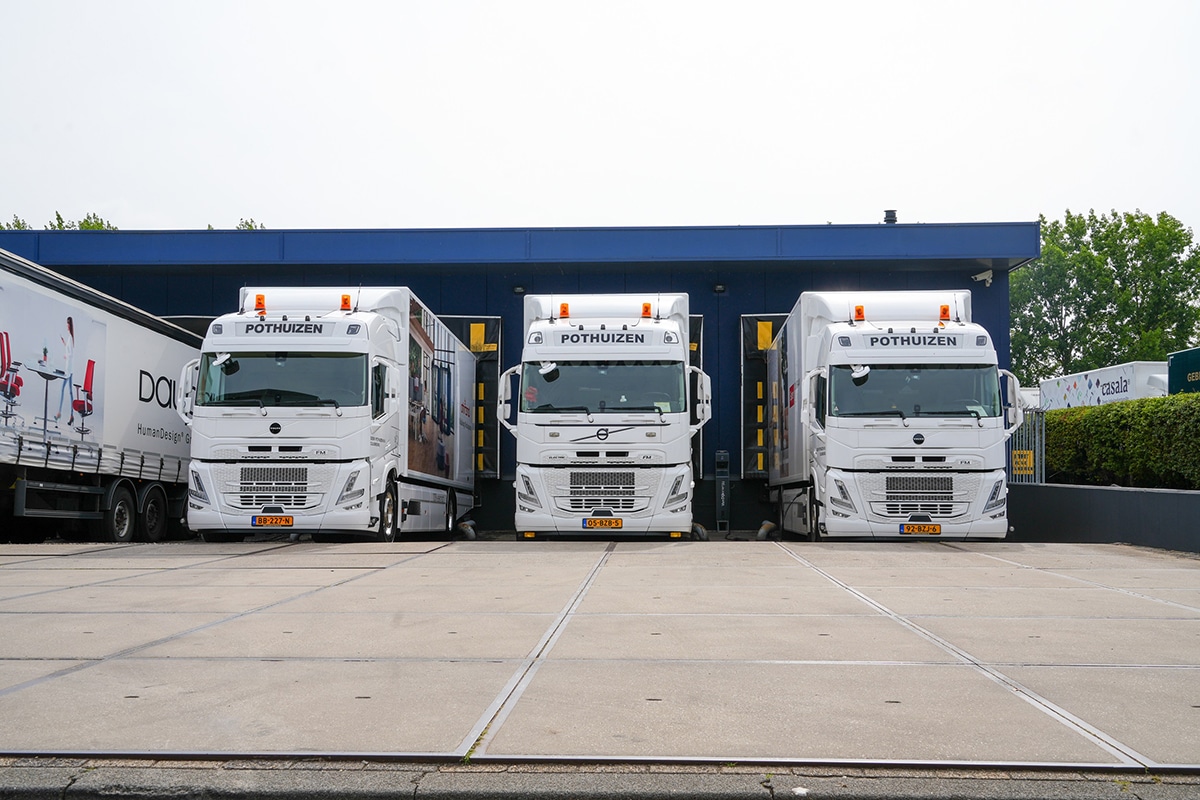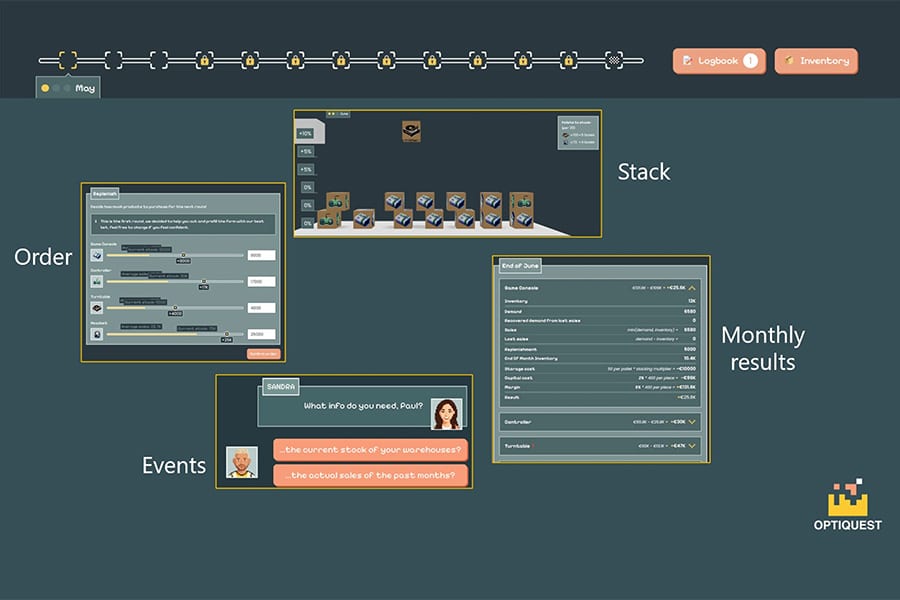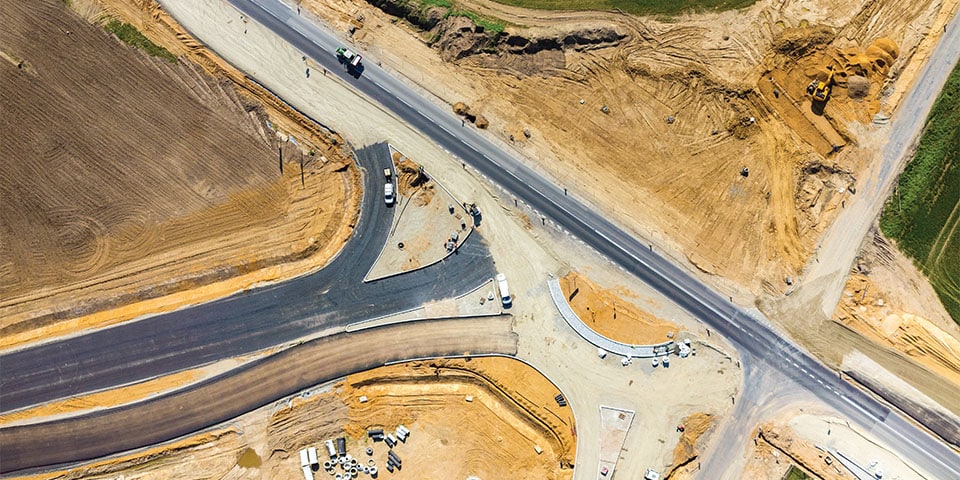
Drone data platform and tilt compensation:
new technologies for the construction industry
New technologies bring many benefits, and the construction industry is starting to realize this more and more. Increasingly, we are seeing construction companies embrace these digital technologies, such as drones, BIM and data analytics.
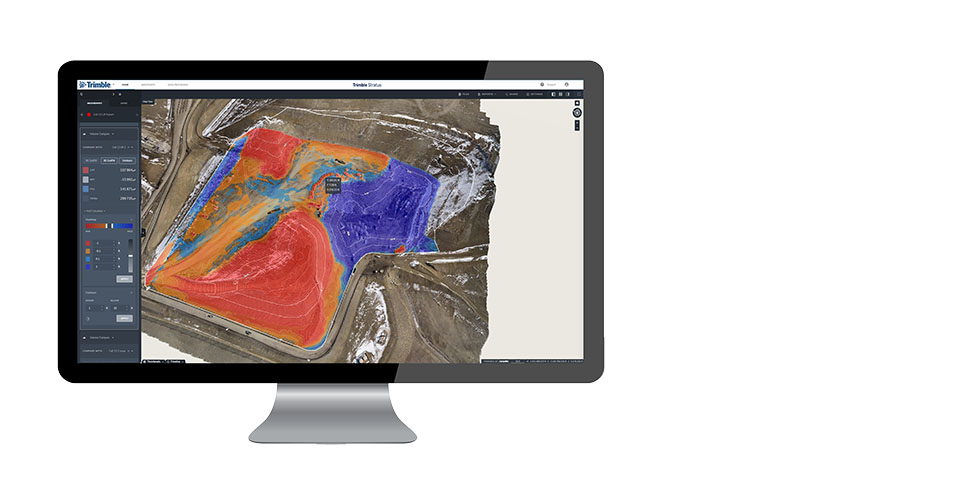
With the Trimble Stratus software, after the drone measurement, one can calculate the total material volumes of material to be backfilled or excavated and depots, waterways, and so on can be mapped easily and accurately.
Drone data platform
The use of drones is making the construction industry faster, more efficient and more profitable, believes the company SITECH, known as a trusted partner in construction engineering systems including Trimble. SITECH works with Trimble Stratus: a Drone data platform that allows accurate and up-to-date topographical information about the work site and work equipment to be mapped.
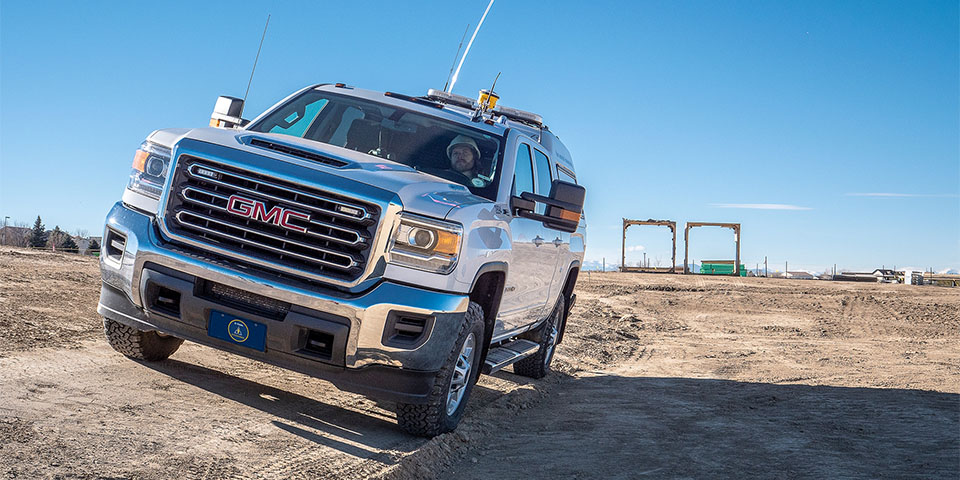
Points can also be accurately captured while walking, standing or driving, even when you are on an incline.
Analyzing and sharing
Data can be easily processed and shared in the Cloud with clients/stakeholders and subcontractors. Thanks to accurate on-site measurements and rapid volume calculations, more precise calculations and reliable schedules and budgets are created.
Visual timeline
With Trimble Stratus software, designs can be monitored: by uploading design files and comparing measured areas to designs, progress is tracked. Thanks to the visual timeline, adjustments are tracked, miscommunication is avoided and decisions can be made faster.
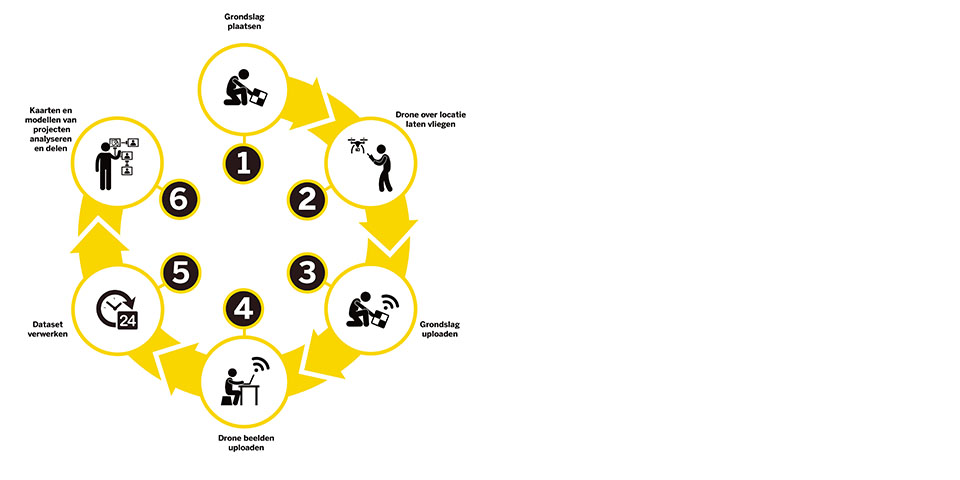
The Drone data platform makes it easy to measure distances, slopes and heights for comparison with on-site measurements.
Measuring with tilt compensation
Measuring with tilt compensation is another new technology that is going to bring many benefits to the construction industry. With the SPS 986 and SiteWorks in combination with Tilt compensation software and firmware, you can take tilt measurements, making it possible to measure in hard to reach places. Think of BOBs and divers. But points can also be accurately recorded while walking, standing or driving, even when you are on a sloping surface. Tilt compensation in "vehicle mode" is designed to take measurements with higher accuracy on steeper inclines or from a moving vehicle to save time and money.
Tilt compensation makes it easier to learn for the novice surveyor and saves experienced surveyors a lot of time. And also provides a safer way of measuring.

